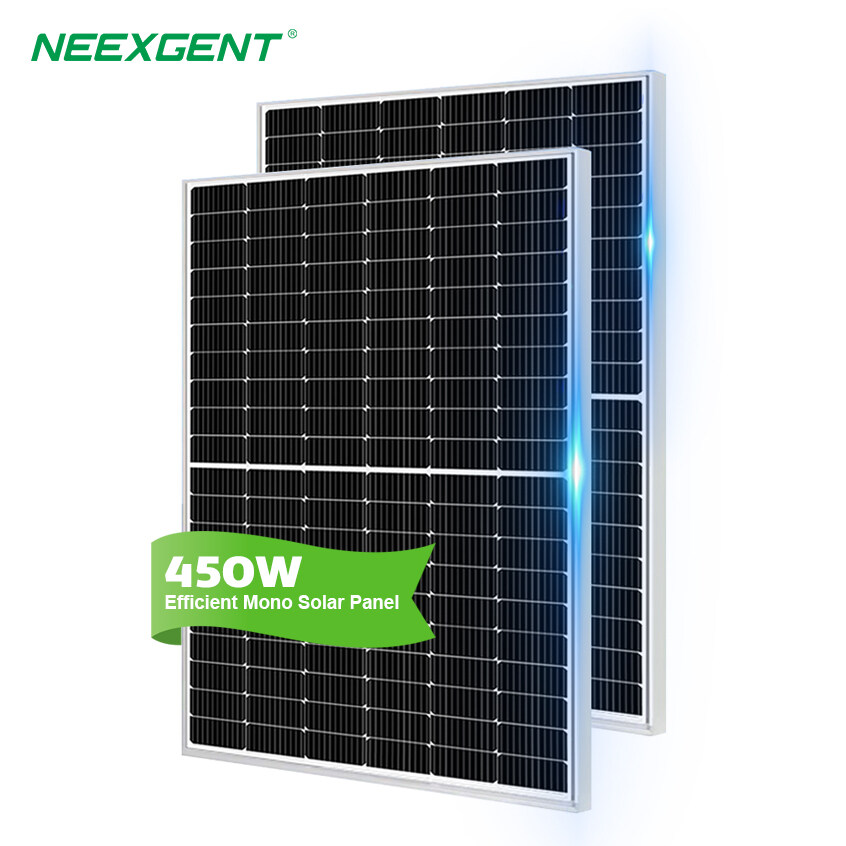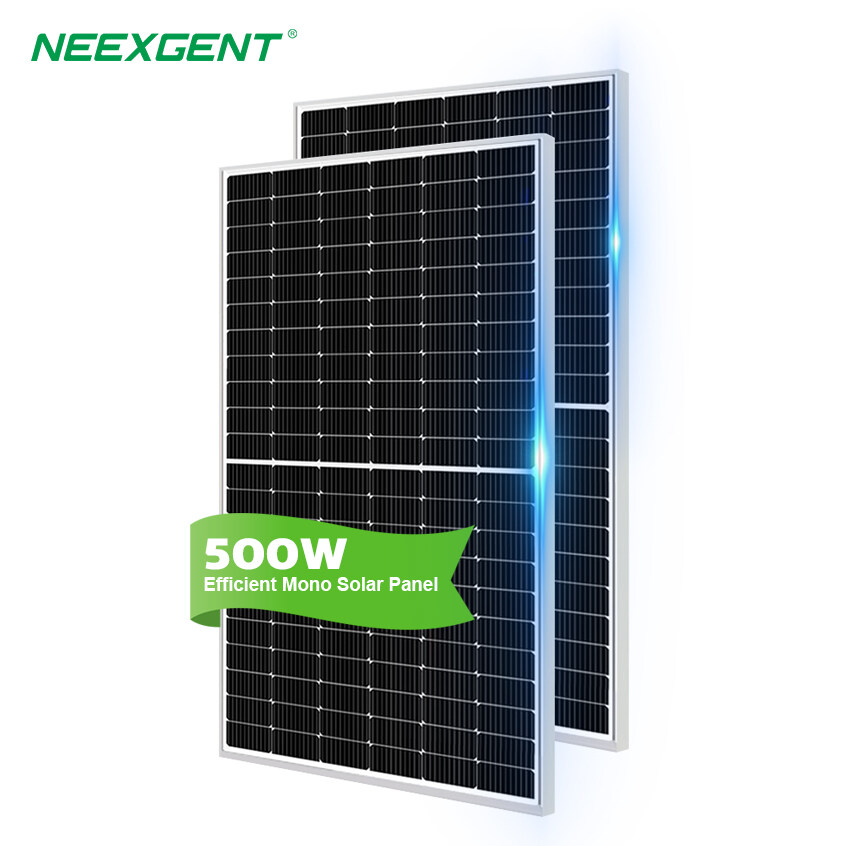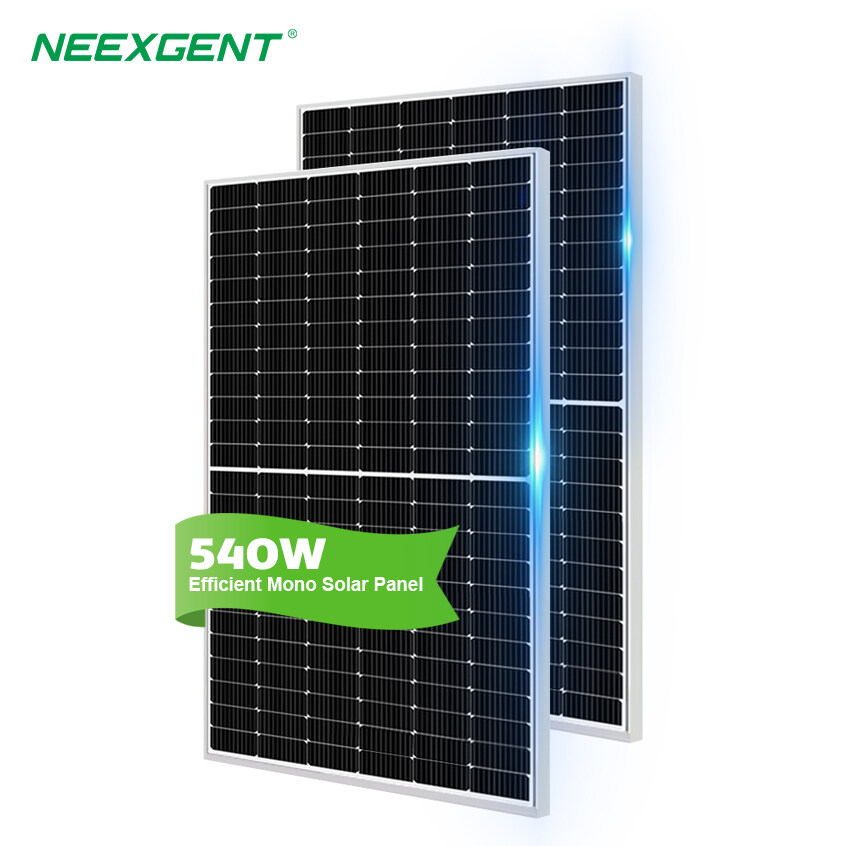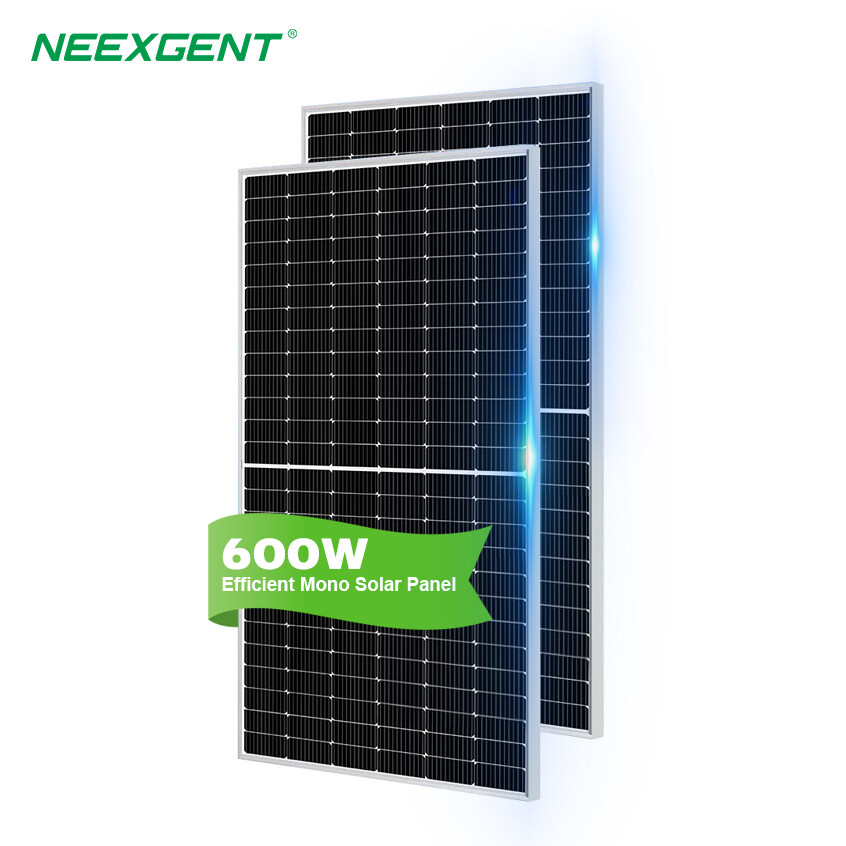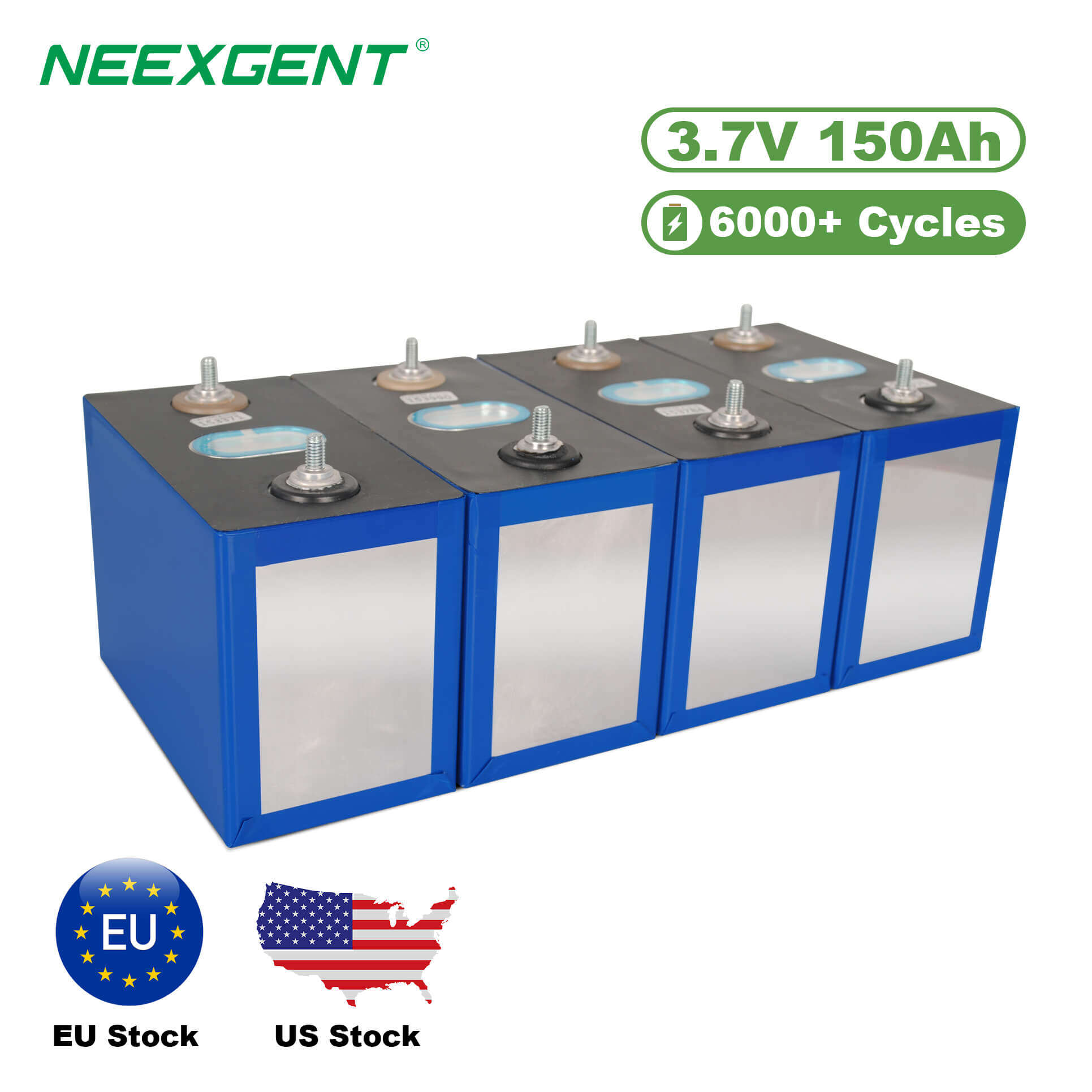Contents:
Harnessing solar energy is one of the most sustainable and cost-effective ways to generate electricity for homes and businesses. However, simply installing solar panels is not enough to guarantee optimal performance. One of the most critical factors influencing the efficiency of a solar power system is the direction the panels face. The orientation directly impacts how much sunlight the panels receive, which in turn affects the energy output. Understanding the best direction for solar panels based on geography, climate, usage habits, and mounting type can significantly improve both performance and return on investment.
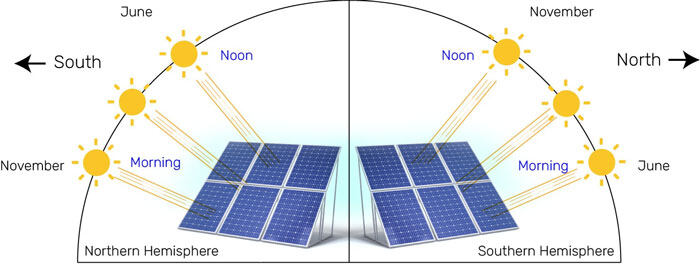
Why Direction Matters in Solar Energy
Solar panels work by converting sunlight into electricity through photovoltaic (PV) cells. The more direct sunlight they receive, the more electricity they generate. Since the sun moves across the sky throughout the day and varies by season, the direction your panels face plays a vital role in capturing the maximum solar radiation.
Proper panel orientation helps ensure:
-
Higher daily and annual output
-
Faster return on investment
-
Reduced reliance on the grid
-
Greater energy independence
Ignoring optimal orientation can reduce system efficiency by up to 20–30%, depending on the location.
Ideal Direction Based on Hemisphere
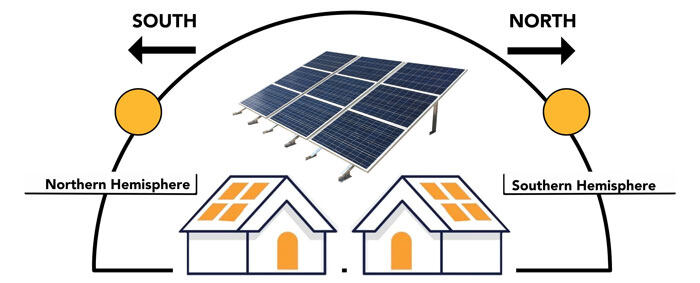
Northern Hemisphere: Face South
For homeowners and businesses located in the Northern Hemisphere (including most of North America, Europe, and Asia), the sun spends most of its time in the southern part of the sky. Therefore, south-facing solar panels receive the most consistent and direct exposure to sunlight throughout the day.
Benefits:
-
Maximum sun exposure from morning to evening
-
Balanced energy generation throughout the year
-
Ideal for net metering programs and consistent performance
Southern Hemisphere: Face North
In countries like Australia, South Africa, and parts of South America, the sun is predominantly in the northern part of the sky. Thus, north-facing panels are optimal for capturing sunlight in these regions.
Alternative Directions Based on Energy Needs
While south (or north) is generally ideal, it’s not the only effective orientation. Depending on your energy usage pattern, roof design, or shading, east- or west-facing panels might actually work better in some cases.
East-Facing Panels
-
Best for morning energy consumption (e.g., early-rising households, offices)
-
Can help reduce peak energy draw in the early hours
-
Slightly lower total output than south-facing but still viable
West-Facing Panels
-
Produce more energy in the late afternoon and early evening
-
Great for homes with high evening energy use (e.g., air conditioning, cooking)
-
Useful in regions with time-of-use electricity pricing favoring late-day production
Dual East-West Arrays
-
Allows for a more even spread of energy production throughout the day
-
May be preferred for flat roofs where aesthetics are less of a concern
-
Slightly reduced total yield compared to south-facing but better alignment with consumption
Factors Affecting Optimal Orientation
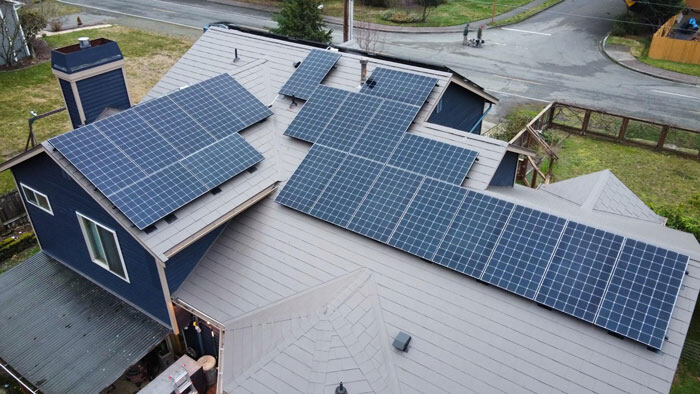
1. Latitude
Your geographical latitude affects the sun’s path across the sky and determines the ideal tilt and orientation of panels. For example, at higher latitudes, the sun remains lower in the sky, making the direction and angle even more critical.
2. Roof Pitch and Shape
Sometimes the structure of your roof dictates the direction and tilt angle. If your roof faces east or west, it may be more cost-effective to use that surface instead of building a new support structure.
3. Shading and Obstructions
Nearby trees, chimneys, taller buildings, or even seasonal shade can reduce solar access. In such cases, adjusting the direction slightly to avoid shading or using microinverters can help mitigate losses.
4. Time-of-Use Electricity Pricing
If your electricity provider uses time-based pricing (charging more during peak hours), west-facing panels might actually offer better savings by generating electricity during those higher-cost times.
5. Battery Storage Integration
If you're integrating a solar battery, aligning panel production with your highest energy usage (morning or evening) may offer better self-consumption rates than simply maximizing midday output.
Ground-Mounted Systems Offer Flexibility
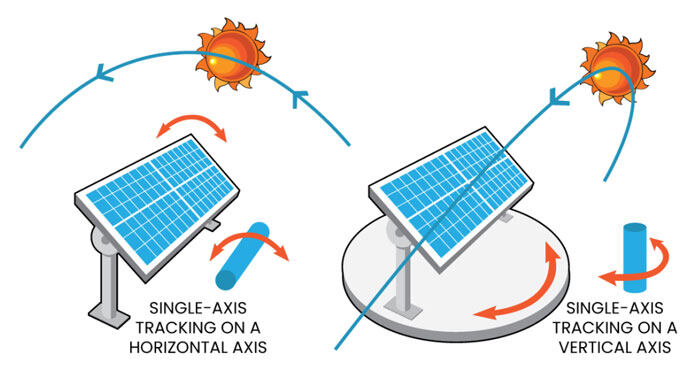
If roof direction is suboptimal, a ground-mounted solar system offers the flexibility to position panels in the most efficient direction and tilt. While more expensive due to additional infrastructure needs, this option allows for near-perfect alignment with the sun’s path.
Additionally, solar trackers, which adjust the angle of the panels throughout the day, can boost performance by up to 25–35%. These are more common in large commercial installations due to their higher upfront cost.
Tools for Determining the Best Direction
You don’t have to guess the optimal direction. Several tools and software platforms can help:
-
Google Project Sunroof (for U.S. homeowners)
-
PVWatts Calculator by NREL
-
Solar Pathfinder or similar sun-tracking devices
-
Local solar installers often use drone mapping or solar simulation software
Conclusion
The best direction for solar panels to maximize efficiency depends on your location, energy usage habits, and physical limitations of your property. Generally, south-facing in the Northern Hemisphere and north-facing in the Southern Hemisphere will provide the highest overall output. However, if your energy consumption is skewed toward mornings or evenings, or if you live in a region with time-of-use rates, east- or west-facing panels may be a smarter option.
To truly optimize your solar investment:
-
Evaluate your energy usage pattern
-
Analyze roof orientation and shading
-
Consider local electricity rates and incentives
-
Consult a professional for site-specific recommendations
By taking these factors into account, you can ensure that your solar panel system is not only environmentally beneficial but also financially sound, delivering long-term savings and energy security.
FAQs
What is the best direction for solar panels to face?+
In the Northern Hemisphere, panels should face true south. In the Southern Hemisphere, true north is ideal. This orientation ensures maximum sunlight exposure and energy production.
Are east- or west-facing solar panels still effective?+
Yes. East-facing panels work well for morning energy use, while west-facing panels are ideal for late afternoon. They are useful in areas with time-of-use electricity pricing.
Can I install solar panels if my roof doesn't face the ideal direction?+
Absolutely. Solar panels can still perform well on east- or west-facing roofs. Ground-mounted systems or angled racking can help optimize orientation.
How much energy is lost if panels face the wrong direction?+
Energy production can drop by 10–20% depending on the deviation from optimal direction and the local climate. However, well-designed systems remain cost-effective.
Do solar panels need to move to follow the sun?+
Not necessarily. Fixed panels work well with proper orientation. Solar trackers can increase output by 25–35% but are typically used in large-scale setups.

